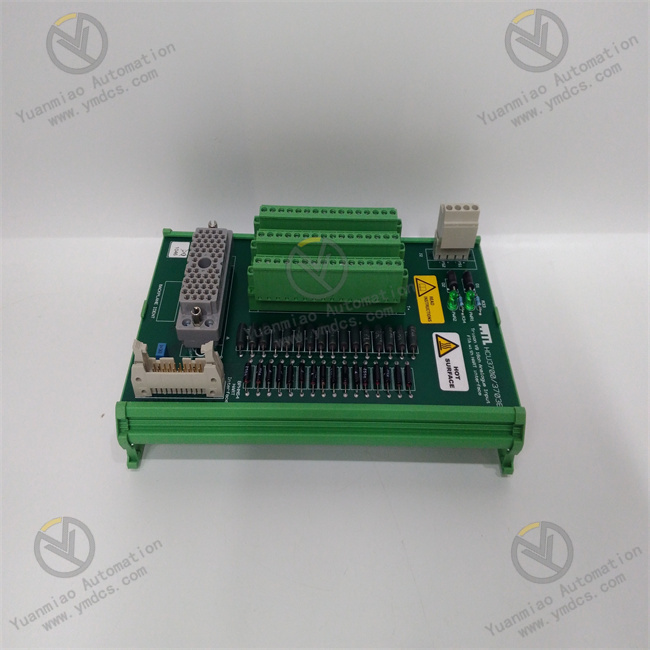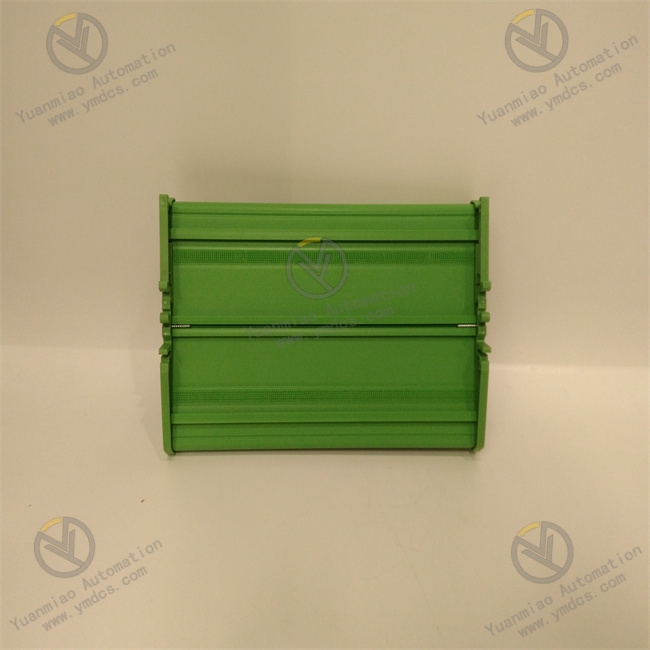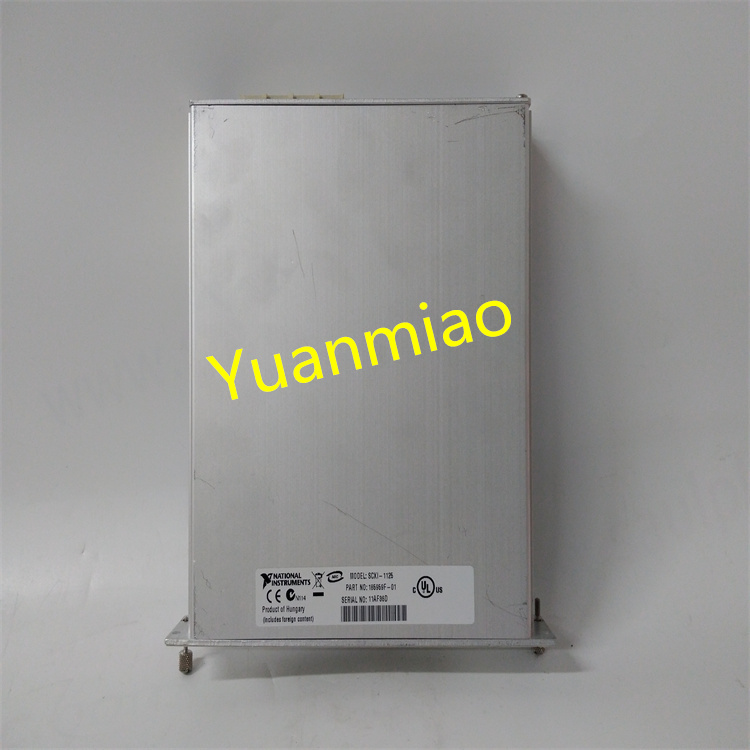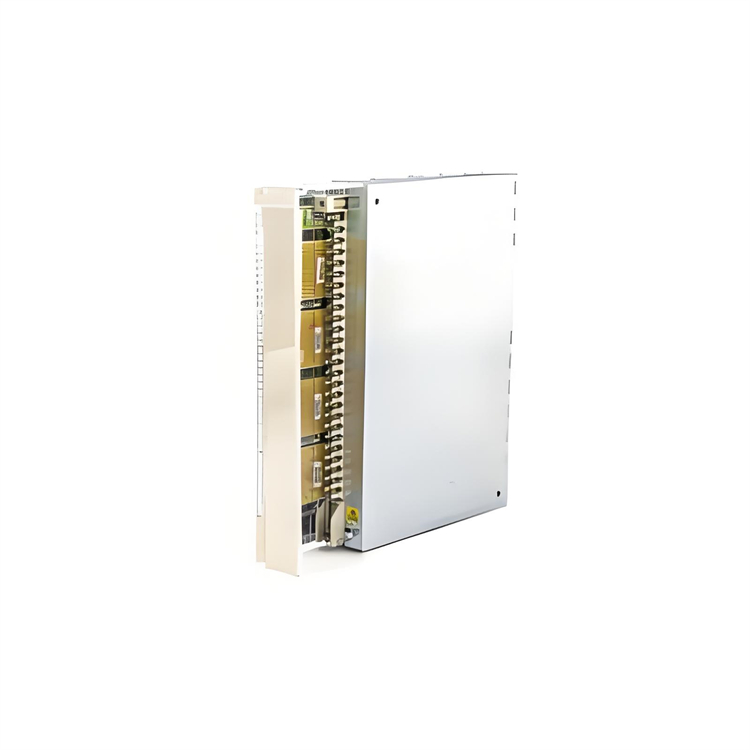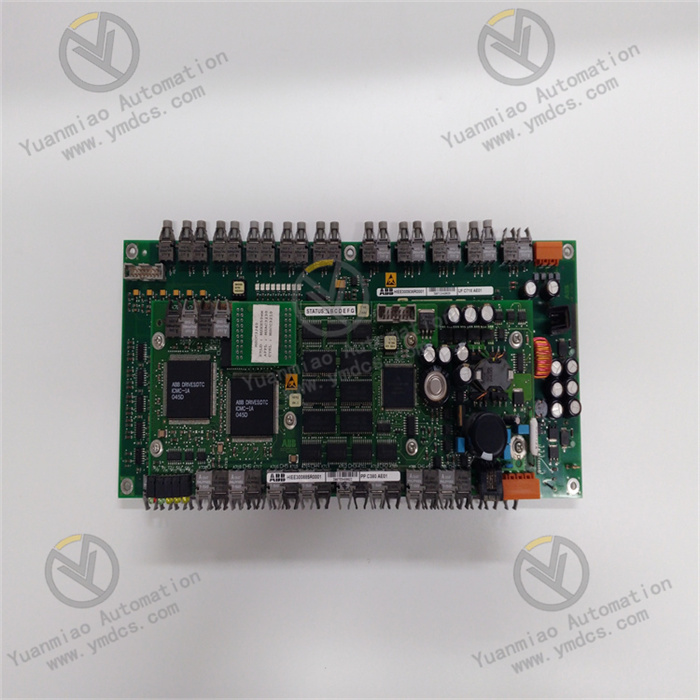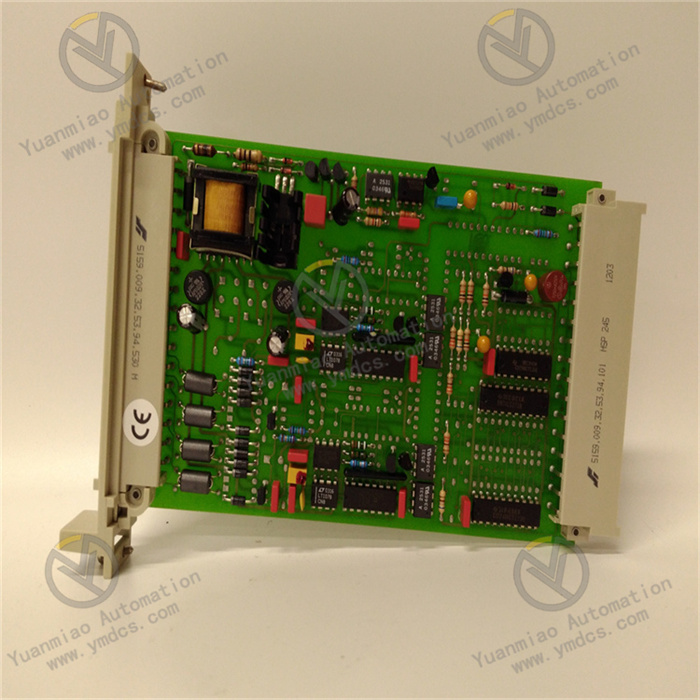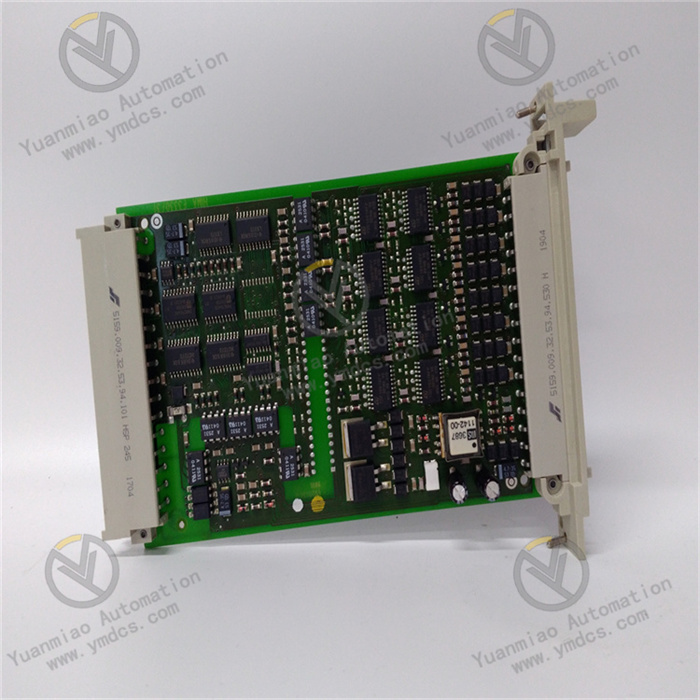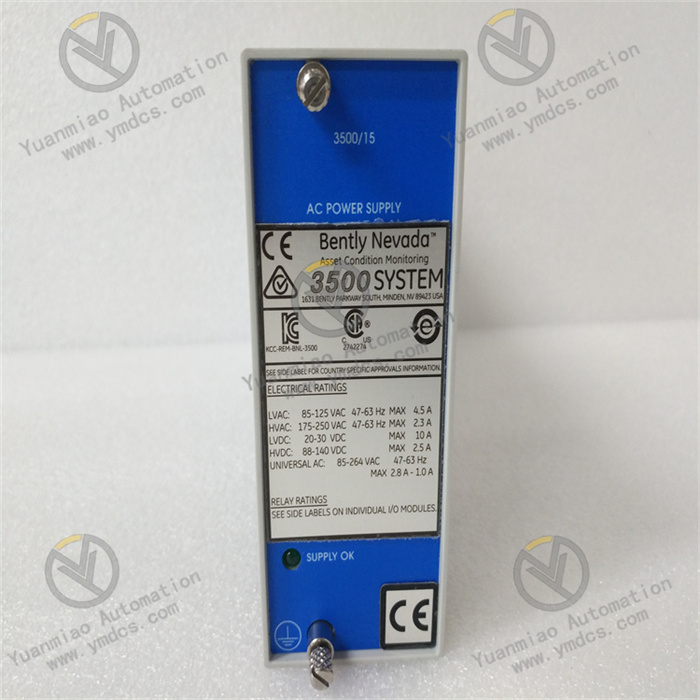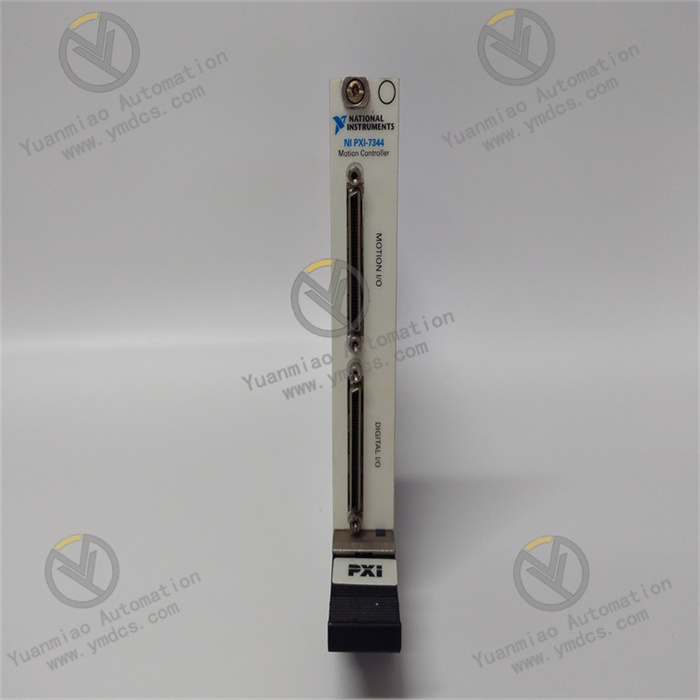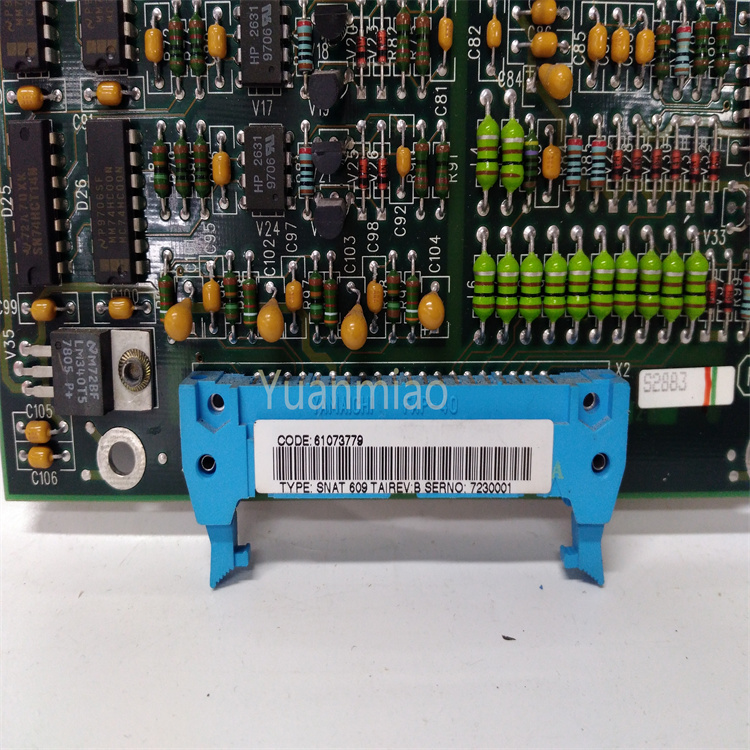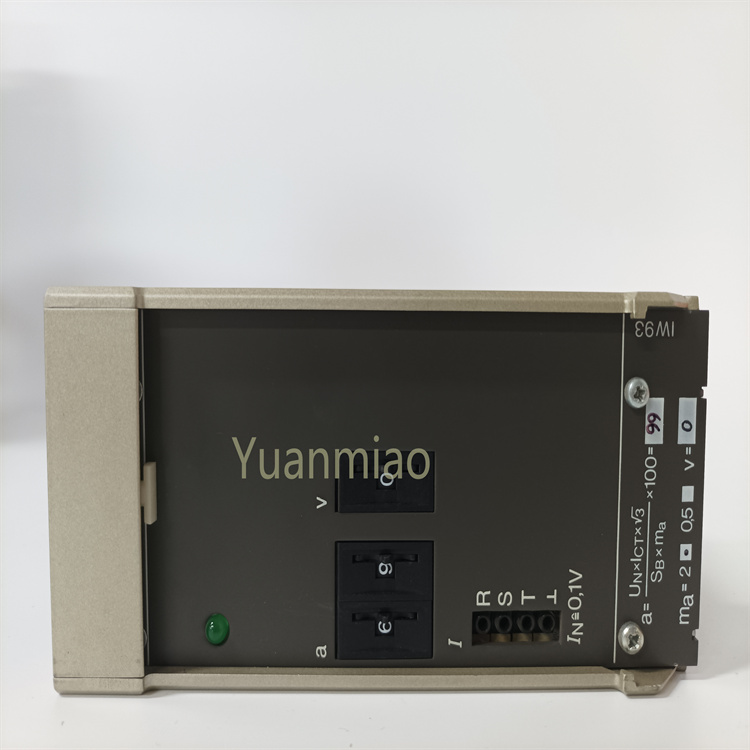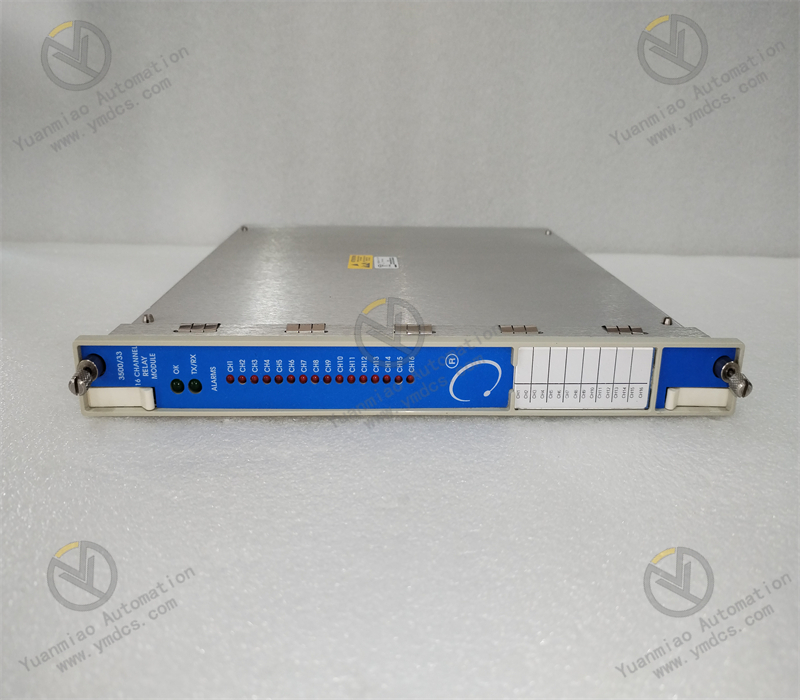Description
Triconex 3703E Signal Input and Processing: As a control module, it receives various signals from field devices, including analog signals (such as continuously changing voltage or current signals output by sensors for temperature, pressure, flow, etc.) and digital signals (such as on-off signals of switch states and relay contacts). For analog signals, the module converts them into digital signals through an internal analog-to-digital conversion circuit for digital processing and operation; for digital signals, it directly performs level detection and status reading, and converts them into logical signals that can be recognized by a computer. Control Operation and Logic Processing: The 3703E module internally stores control programs written by users. These programs are written based on specific programming languages (such as ladder diagrams, structured text, etc.) and define various control algorithms and logic rules. According to the input signals and preset control strategies, the module performs mathematical operations (such as using the PID control algorithm to regulate process variables) and logical judgments (such as determining output actions based on combinations of multiple conditions) according to the program instructions to achieve precise control of industrial processes.
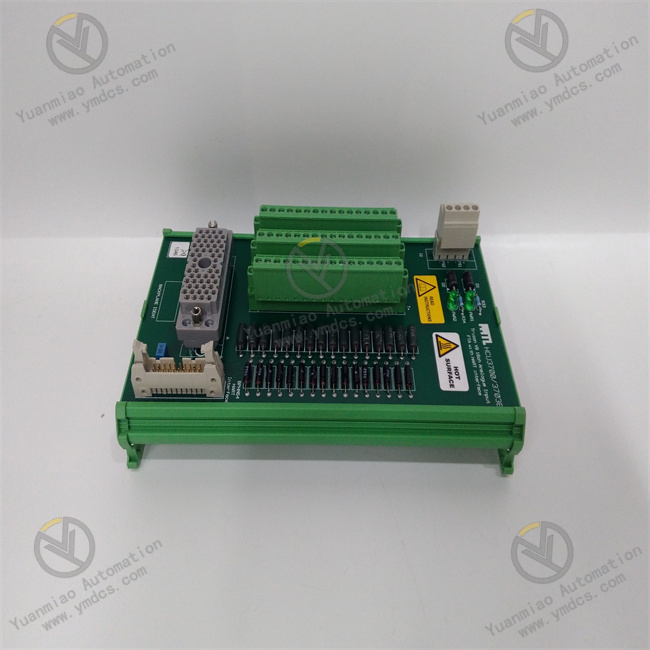
Signal Output and Control Execution: After operation and processing, the module generates corresponding output signals according to the control results to control the operation of field devices. The output signals can be analog signals (converting digital signals into analog voltage or current signals through a digital-to-analog conversion circuit for controlling the opening of regulating valves, the frequency of frequency converters, etc.) or digital signals (used to drive devices such as relays and contactors, controlling the start/stop of motors, the opening/closing of valves, etc.). Communication Function: It usually has communication interfaces and supports multiple communication protocols (such as Profibus, Modbus, Ethernet/IP, etc.), and can communicate with other modules, controllers, upper computers (such as monitoring computers) or other systems. Through the communication network, it can receive control instructions, parameter settings and other information from the upper computer, and at the same time upload the data and status information it has collected to the upper computer to achieve information interaction and collaborative work of the entire industrial control system. Diagnosis and Self-protection: It has a self-diagnosis function and can monitor its own working status in real time, including checking whether the power supply voltage is normal, whether there are faults in the internal circuit, whether the communication is normal, etc. Once a fault is detected, the module generates corresponding fault codes and reports the fault information to the upper computer through indicator lights, buzzers or communication methods so that maintenance personnel can discover and deal with the problem in a timely manner. In addition, it also has a self-protection mechanism. For example, when it detects that the input signals exceed the specified range, there are power supply failures or internal overheating, etc., the module will automatically take corresponding protection measures, such as stopping the output and entering the safety mode, to ensure the stability and safety of the system.
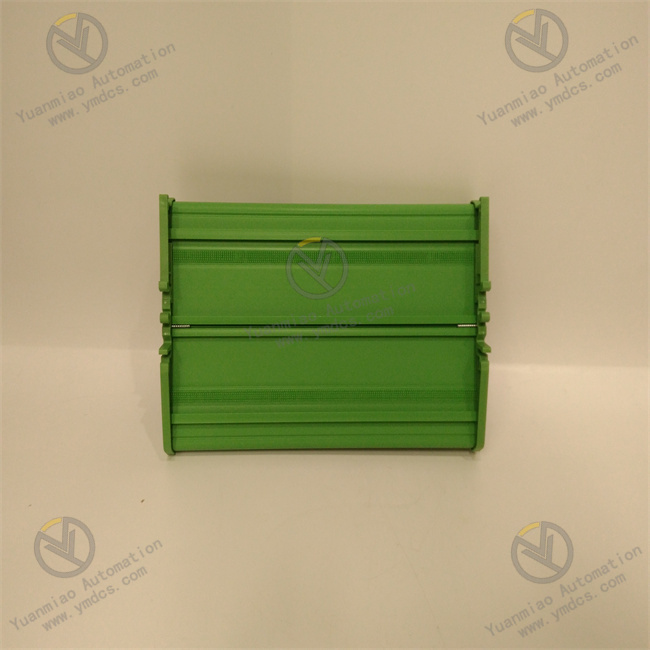
HCU3700 The HCU3700 is a Hybrid Control Unit in a hybrid electric vehicle, and its working principle is as follows: Power Management and Torque Distribution: The HCU is the main controller of the hybrid power system and is responsible for managing the entire powertrain. It determines the torque distribution between the engine and the motor according to the driver's driving intention (judged by input signals from the accelerator pedal, brake pedal, etc.), the vehicle's driving status (such as vehicle speed, gear position, etc.) and the operating status of various components (including the engine, transmission, motor, battery, etc.). For example, in situations where a large power output is required, such as starting and accelerating, the HCU may control the torque output of both the engine and the motor at the same time to provide sufficient power; in low-speed driving or light-load conditions, it may rely solely on the motor drive to achieve better fuel economy and environmental friendliness. High-voltage Electricity Control: It is responsible for controlling the closing and opening of high-voltage electricity to ensure the safe and stable operation of the high-voltage system under different working conditions such as vehicle starting, driving and parking. For example, when the vehicle starts, the HCU controls the high-voltage relay to close and deliver high-voltage electricity to various required components (such as the motor, air conditioning compressor, etc.); when the vehicle stops or a fault occurs, it promptly disconnects the high-voltage electricity to prevent electric shock hazards and equipment damage. Engine and Accessory Control: It determines the timing of engine start or stop and enables control of accessories (such as the air conditioning compressor, electric power steering system, water pump, etc.). For example, according to the vehicle's cooling requirements, the HCU controls the operation of the water pump to ensure that components such as the engine and motor work within an appropriate temperature range; according to the in-vehicle temperature setting, it controls the start and operating frequency of the air conditioning compressor to provide a comfortable driving environment for passengers.


